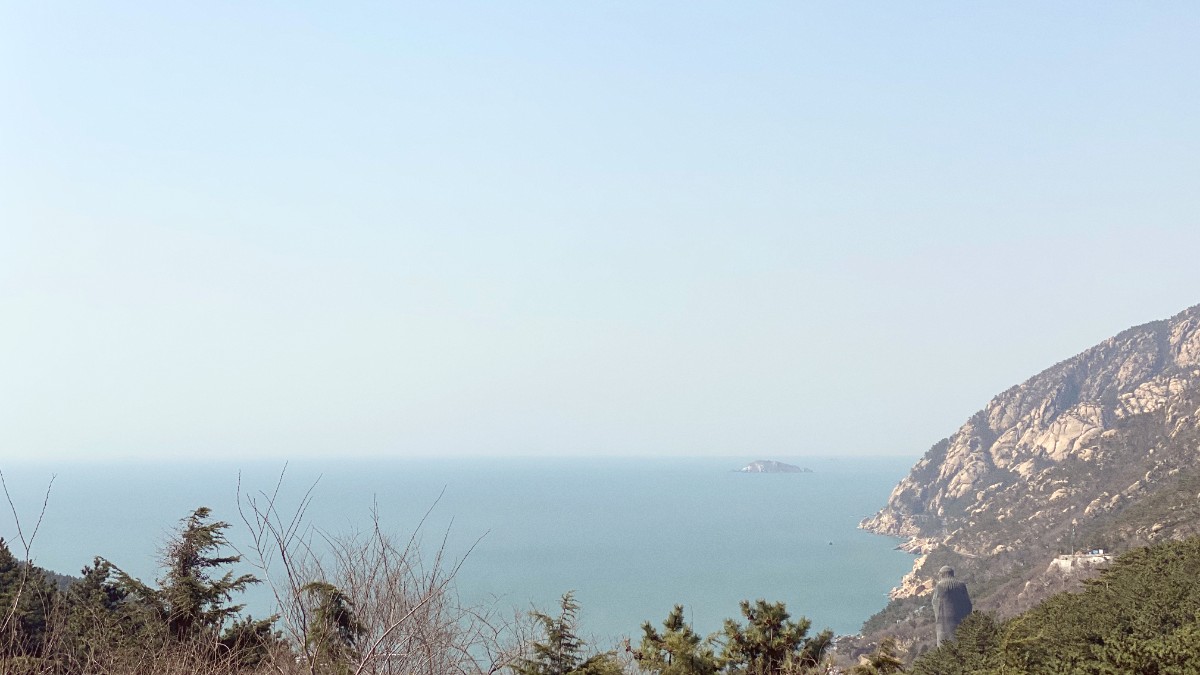
The Coast, Kenya
Malindi sits on the Indian Ocean coast of Kenya, approximately 120 kilometers (75 miles) northeast of Mombasa, Kenya's second-largest city and main port. The town is part of Kilifi County, a region known for its extensive beaches, coral reefs, and a mix of Swahili and Giriama cultures. Malindi's coastline stretches along warm tropical waters, featuring wide sandy beaches like Silversands and the more secluded shores of Casuarina.
Malindi's history spans many centuries. Its role as an important trading post on the East African coast shaped the town. Its strategic location attracted diverse cultures, making it a melting pot of African, Arab, and later, European influences. The town's origins trace back to the 13th century as a Swahili settlement, thriving on trade routes that connected East Africa with the Middle East and Asia. Merchants exchanged goods like ivory, gold, spices, and slaves. This contributed to the town's early prosperity and the development of an unique Swahili culture and architecture.
A significant turning point in Malindi's history occurred in 1498 when the Portuguese explorer Vasco da Gama landed here. He was seeking a sea route to India and found a welcoming ally in the Sultan of Malindi, who provided him with a navigator, Ahmed Ibn Majid. This event marked the beginning of European involvement on the East African coast. The Vasco da Gama Pillar, still standing today, commemorates this historical encounter. The Portuguese established a base in Malindi, using it as a supply point and a strategic outpost. They built churches, including the St. Francis Xavier Chapel, which remains a testament to their presence. Modern Malindi reflects these historical layers in its Old Town, ancient ruins like nearby Gedi, and the lingering influences in its cuisine, language, and architecture.
Malindi presents a compelling mix for various travelers. Expect warm, tropical weather year-round, making it a reliable destination for sun-seekers. The main language is Swahili, but English is widely spoken in tourist areas, hotels, and among many locals. This aids communication throughout your visit.
The local currency is the Kenyan Shilling (KES). ATMs and exchange bureaus operate in town. Credit cards accept in larger establishments. For accommodation, Malindi delivers a spectrum of choices, from luxury beachfront resorts and private villas, many with an Italian influence, to comfortable guesthouses and budget-friendly options.
Consider a visit during the dry season, from December to March, for optimal beach and water activities. This period presents calm seas and sunny skies.
Snorkeling and diving in protected marine parks, deep-sea fishing, historical sites like Vasco da Gama Pillar and Gedi Ruins, and inland excursions to Marafa Depression.
Transportation relies heavily on tuk-tuks and matatus, with taxis for convenience.
Malindi extends a warm welcome, inviting you to discover its charm, history, and natural beauty.
Embrace the local pace. Negotiation of fares with tuk-tuk drivers is common.
See Malindi Bay, where a traditional dhow sails against the backdrop of the town's captivating coastline.
Photo credit: Wikimedia Commons.
A traditional dhow sailing in the Malindi Bay with the town coastline in the background.
Malindi's charm extends beyond its beautiful beaches. Proper planning prepares you for a rewarding adventure. From understanding the best times to visit to managing your budget and staying safe, these insights cover the core aspects of a well-prepared journey.
Getting ready for Malindi means embracing its unique rhythms and ensuring smooth transitions. The following sections explore considerations for travelers.
Match your travel dates to preferred activities. Dry seasons are best for water sports.
Understand visa needs and required documents well before departure.
Review currency details and daily expense estimates for tailored budgeting.
Review health advisories and safety practices. This mitigates risks during your Malindi stay.